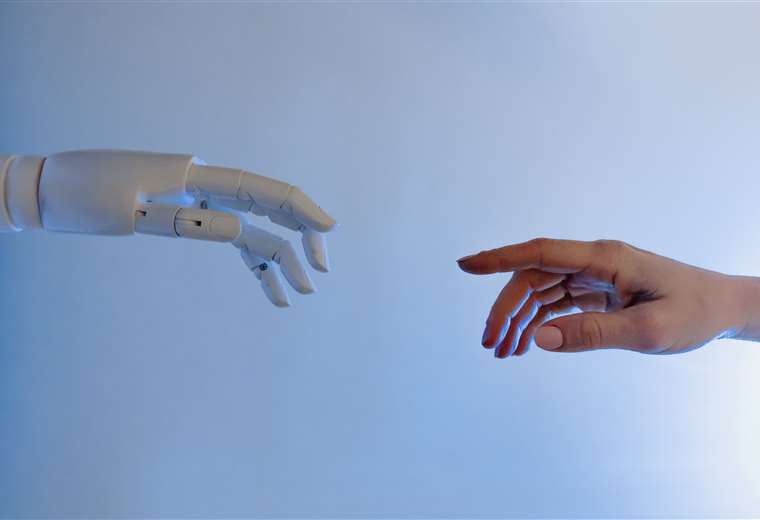March 4, 2023, 7:15 AM
March 4, 2023, 7:15 AM
In a world where the technological and digital revolution seems to be advancing by leaps and bounds, automating routine processes in industries, replacing personal contact with connectivity in social networks and displacing certain trades in companies, there is a need to rethink and question the role of human beings in the development of our societies.
The idea of being replaced by machines has become one of the most debated issues in recent years, generating anxiety about the future, seeing coexistence as a threat. What is behind all these changes?
Andrea Sejas Mollinedo, a graduate in business administration and specialist in organizational development, assures that “what remains behind these phenomena is the human being, because obviously they aree can have all systems or the instruments, but it is he who operates the machines, who designs the strategies and who is capable of providing solutions to the company’s problems”.
Supported by the postulates of the economist and writer Philip Kotler, the specialist stresses the importance of value human talent in companiesunderstanding that, despite all the changes, “the human being does not stop being human”, which is reflected in such basic needs and emotions, such as contact with others, sensitivity and empathy.
A humanism, reflected in the business sector
The academic explains that this value to human talent is what companies should prioritize, beginning to See your employees as strategic partners that help achieve the objectives of the institution.
“People are irreplaceable, so what each one contributes is highly valuable and if we had the ability to understand the other as a strategic partner, as a person who is going to contribute to my mission, we could grow much more,” says Sejas, member of the Unifranz Postgraduate Network.
“The desire to grow” must be reciprocal and the collaborator must be willing to give everything of himself to achieve the goals of the company, and to explain it, Sejas recommends, take the example of Google, a corporation that has managed to establish a link very strong between the objectives of the worker and the management to generate development.
“The collaborator must begin to carry out his work not because he receives a salary or has eight hours to complete, but because has a mission to fulfill and contribute to a greater cause (…). That makes people commit and we begin to generate a team spirit, a different culture and we have the example of large companies like Google, where you might think that we are dreaming. We are not far from generating the same work scheme, ”she asserts.
But this team culture with such levels of productivity is only possible with a change in our culture, which must prioritize meet company goals making everyone work on it, based on responsibility, punctuality and discipline. A path that must be built together.
“Therein lies the challenge, to capture the objectives very well and begin to generate a culture that leads to self-discipline and self-management, these are skills that sound very simple, very basic, but they are not because we are talking about adult people who already work and have a life (…). I want to believe that positive habits, like negative ones, are contagious and we can get people motivated ”, she points out.
The added value: What is the new thing that you are going to show?
Daniel H. Pink, author of the book “The Surprising Truth About What Motivates Us,” explains that there are three pillars of employee motivation: autonomy, mastery, and purpose. The feeling of being autonomous produces a positive effect on the attitude and performance of a collaborator.
The pillar is used in work environments based solely on results, where there are no schedules, and no obligation to be “present”. How, when, where and with whom they do it, depends solely on them. The worker is fully responsible for what he does, heor important are the results.
Pink assures that the mastery pillar helps to be satisfied with work and leads to a higher level of productivity. In this, challenges are essential to generate productivity, it requires effort and when you master a skill, you enjoy exercising it.
In the third pillar of motivationthe conquest of excellence for some purpose superior, is the one that gives context to the other two. The purpose is essential.
“To motivation and self-motivation, I would increase proactivity. It happens a lot that we are waiting to receive orders and if you have been hired according to your skills, a proposal is expected from you. What added value do you give to the company? That added value has to come from what you have already been asked for. What else are you going to give?”, questions the expert.
This quality must be accompanied by the resilience that the collaborator must have, if they have freedom of movement it is normal that they tend to make mistakes, but they must know how to provide solutions to problems, concludes the expert.















